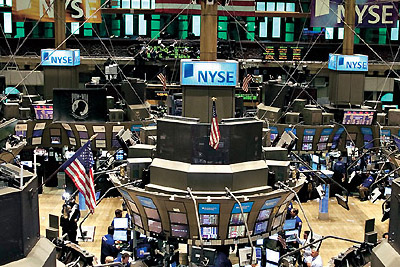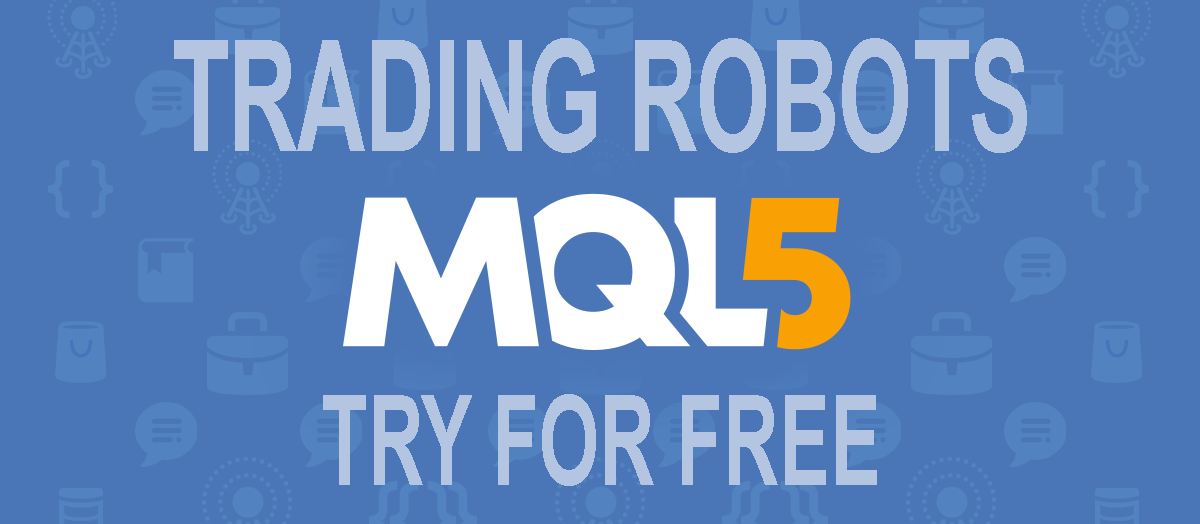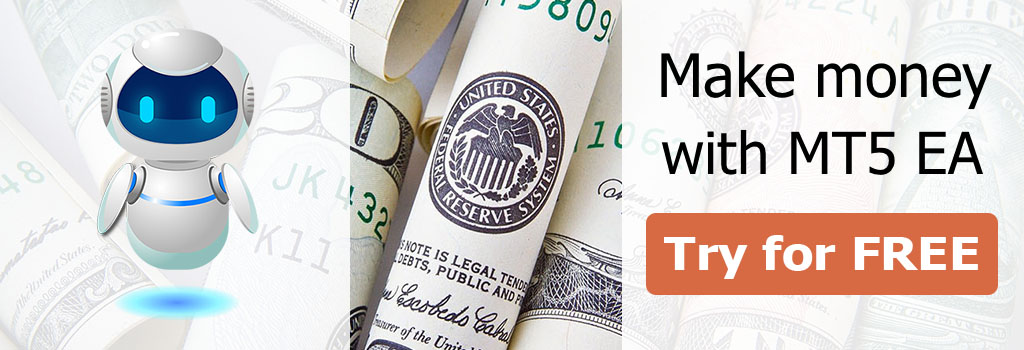Stock market. What is it? Everything that happens in the financial world takes place at a specific time in a specific place. If all these places are systematized and grouped, then we can talk about the so-called financial markets. The stock market is one of them.
It must be said right away that all markets are interconnected in one way or another. However, they may differ in the instruments traded on them and the composition of participants, as well as in the ratio of the number of professionals and amateurs, large and small players.

Traders at their workplaces on the trading floor of the NYSE (New York Stock Exchange)
So you will find out:
- What is the stock market? General definition.
- Stock market opportunities. What does the market offer to buyers and sellers?
- Features of transactions. How is the trade going?
- Initial public offering or IPO. Where do securities come from?
- Secondary market, SPO and FPO. What happens next?
- Over-the-counter market. Where else are stocks traded?
- Margin trading. Why trading is risky?
- Market participants. What is the exchange industry?
Here you can learn about one of the most popular financial markets – the stock market. We will figure out what is it, what is traded on it, who is present on the stock market, what their specific goals are, and much more.
Stock market: what is it?
Stock market is an interconnected system that provides almost 24/7 trading in securities. This system includes specialized organizations, people, electronic equipment, communication channels and large financial resources.
The stock market, in other words, is an integral part of the capital market. It is a combination of various mechanisms for trading securities. It is one of the most popular and liquid markets.
Companies use it to raise funds for business development, large financial institutions for investments, and private traders for speculating in securities.
Stock market opportunities
The stock market provides its participants with the following opportunities:
- For commercial firms: To raise funds for the development of their business through an initial public offering (IPO) in the so-called primary market;
- Financial companies and banks: To use market-traded securities to invest in them. In order to preserve and increase funds, as well as providing securities-backed lendings;
- For private investors and speculators: Making profit from short-term, medium-term and long-term price fluctuations in the stock market. This is done by buying and selling securities through a broker, as well as by receiving dividends on purchased shares.
Features of transactions
The stock market has a very long history. And it is quite convenient for a trader in terms of understanding the mechanisms of its work and visibility. Currently, almost all shares traded on the market are paperless.

They are stored in paperless form in special bank accounts, the so-called depo accounts. Computer-assisted trading allows any imaginable number of transactions to be made in very short time periods.
Thus, the circulation of securities in the stock market is automated to a very high degree. And all this allows a trader with a very small amount on his trading account to become a full-fledged participant in trading on any stock exchange.
Initial public offering or IPO
IPO (Initial Public Offering) refers to a mechanism used by companies to issue their own shares and offer them to a wide range of market participants.

It is impossible to imagine the capitalist world without the stock market
Suppose a certain company needs to raise capital to develop its own business. Then they have several ways. They can take a loan from the bank, if bank give it, and repay it over a subsequent period of time with the interest that the bank will offer.
They can issue bonds to the market and set the percentage that the company is willing to pay to investors who buy these bonds. Again, in this case, the funds will have to be returned with interest. Not to the bank, but to investors.
There is a third choice. To issue own shares on the market, exchanging them for a part of the company. That is, they will have to share with the investor part of the profit, if any, in the form of dividend payments. They don’t need to return the money, but they can use it to expand their business.
Thus, when buying shares, the investor assumes all the risks. But instead of this, he expects to receive part of the company’s profits in the form of dividends. And he also expects that the price of his share of the company’s business, the price of his shares, will increase in value.
So, if the shares are not yet traded on the market, but are offered to investors for purchase for the first time, then such an event if called an IPO. Speaking of initial public offerings, we mean the so-called primary market as one of the stock market segments. IPOs take place in the primary market.
Secondary market, SPO and FPO
As soon as the initial offering has taken place, the trading of these shares begins. And the shares enter the so-called secondary market. A security circulates on the secondary exchange market if you see its quotes in your trading terminal or in the market news reports on TV. Whether to participate in primary placements, everyone decides for himself.
When you decide to buy paper in an IPO, it’s always a lottery. Not all initial public offerings are successful. It often happens that investors are losing. In any case, if a stock is traded on the secondary market, then it has some sort of history. This quote history provides additional information for making buy or sell decisions.
What other public offerings happen?
It happens that companies whose shares are already traded on the secondary market carry out additional offering of their shares or an additional issue. These are different things.
SPO (Secondary Public Offering) is a procedure that involves the sale of a large block of shares of the company on the secondary market. FPO (Follow-on Public Offering) is an additional issue of shares. Under this procedure, the company issues an additional block of its shares.
We speak about issue because the company issuing securities is called the issuer. The issue of securities is called emission. It turns out that in the first case (SPO), the total number of shares does not increase. Only the number of shares in free circulation, the so-called free float, increases. Whereas in the second case (FPO), the total number of shares increases.
This leads to the fact that the share of each shareholder in the total capital decreases, or, they say, erodes. In fact, if you hold 10 shares of a company, each representing 1 percent of the share capital, then your share is 10 percent.
But if the firm issues more shares worth 20 percent of the share capital, then your stake will now decrease by 20 percent. And your 10 shares will now equal just 8 percent of the firm’s total share capital. Although the number of shares in your hand will not change.
As a rule, during SPO and FPO, the company offers to its shareholders (those who already hold at least one share) to buy new shares in the first place and, possibly, on some preferential terms. And sometimes it doesn’t. All of the above takes place on special trading floors, exchanges. But this segment of the market is not the only one.
Over-the-counter market
Only the most liquid securities are traded on stock exchanges. But besides the shares of well-known issuers, there are a lot of little-known companies that also issue shares. And these shares can also be bought or sold.
The fact is that securities must go through the listing procedure in order to be included in the quotation lists of the stock exchange. That is, one need to get admission to the public auction. Therefore, the issuing company must comply with a number of conditions. They relate to the size of the company’s capital, disclosure of information about the financial and economic activities of the issuing company, and other things.

Of course, not all companies can or want to do this. It may be a small regional industrial enterprise. Or, for example, a young start-up company that is not yet able to meet the requirements of the exchange. One way or another, shares that do not enter the secondary exchange market are traded on the over-the-counter market.
This can happen either through intermediaries, brokers or banks, or directly between the holders of shareholdings. Naturally, liquidity in the exchange market is incommensurably higher, as is the speed of transactions.
Margin trading in the stock market
The stock market is attractive to a small investor not only because shares can sometimes make very large movements. This is important and very good, but that’s not all. The fact is that brokers can lend money to traders so that traders can buy and sell shares not only with all their funds, but also with borrowed ones. So a trader can buy more stock than he can afford on his own.
How does leverage work?
This is how it works. Let’s say a certain share costs $50. You have $100,000 on your trading account. This means that you can buy 2,000 shares with your own money. Right? Of course not, because it is not enough to pay, if we keep in mind the broker’s commission. Well, okay, let’s forget about the commission for now. So now you are the proud owner of two thousand shares.
Suppose further that the price of the stock went up. For $1. Then you made a profit of $2,000 or 2 percent on your capital. And if the stock also falls by $1, then you will have a loss of $2,000, or 2 percent. Not much profit somehow. Decided! Connecting leverage.
Now, for every dollar you have in your trading account, the broker gives you another $50. Enjoy. All this happens automatically when you press the buy/sell buttons. Therefore, you will not notice any difference with regular trading.
What do we have now? You, having only 100 thousand dollars on your account, can manage the amount of 5 million! Now that’s something. You can now buy shares at $50 for a much larger amount. That is 100 thousand shares.
What does all this lead to?
Next, there are two options. First. The share price went up by $1 as well. For you now – this is a profit of 100 thousand dollars, that is, 100 percent on capital! The account has doubled. You doubled your trading account with only a 2 percent move in the stock price.

Margin trading requires the highest precision because it is a game of inches
It’s a good news. And now the bad one. I think you already guessed that if the price goes the other way by the same $1, then the loss will be 100 percent, that is, your entire trading account. This is a payment for the opportunity to win a lot and quickly.
Of course, when trading stocks, players usually do not take such large leverage. 1:50 is more typical for futures or forex. For the stock market, real numbers are: 1:3, 1:10, sometimes more. But I’ve given you the gist.
On stock exchanges, the amount of leverage usually depends on the particular stock. There are highly liquid securities for which brokers are ready to give large leverage, and there are less liquid ones. For them, the shoulders are smaller. Also, the amount of leverage depends on whether you are buying or selling. Leverage is less for short positions. And the leverage depends on the client himself. Newbies don’t get big shoulders.
Why is leverage necessary in the stock market?
If it’s so dangerous, why is it necessary? You see, if you trade on very long periods or generally use the “buy and hold” strategy, then you do not need leverage. It will be calmer and cheaper without leverage. But it’s not easy to guess a stock whose price will rise strongly in the near future. Moreover, it is generally unpredictable.
If the market goes up, it usually doesn’t go up much. Therefore, you can’t earn much with little capital without leverage. Another thing is with leverage. If you act carefully and wisely, then you can really increase your profitability.
If you trade on a small timeframe, especially intraday trading, then you won’t be able to trade much without leverage, even with a lot of capital. Therefore, trading is currently unimaginable without leverage. This is why margin trading is so popular.
Stock market participants
In order to participate in trading on the stock exchange, you need to be a Stock market intermediary. That is, a to be a firm that has specialists, appropriate equipment, capital and a set of expensive licenses.
Brokers meet these requirements. Therefore, they trade on special platforms called stock exchanges. Specially authorized organizations called financial regulators control activities of brokers, exchanges and the entire financial market.

Financial regulators carry out the admission of securities to trading. Also they control issuers, monitor brokers so that they do not violate the rights of clients. It goes without saying that financial regulators are organizations that fight the use of insider information.
Stock market for an ordinary trader
An ordinary trader or investor gets access to the exchange through brokers. In addition to the general public, market participants are various funds and banks, which often act as brokers themselves, since they have a professional license.
All market participants can be conditionally divided into speculators, hedgers and arbitrageurs. Each of them tries to make money in the market in its own way. Usually, the bond market is also referred to the stock market, but it can be distinguished into a separate financial market – the debt market.
After gaining some experience, traders understand that automation is needed to succeed in the market. Decisions need to be made quickly and implemented even faster. Automatic trading systems combine the freedom to choose strategies and the speed of transactions.
Download and test the free version of the trading robot from the official MetaQuotes trading robot store. With my Expert Advisors, you can automatically trade one or more profitable strategies on various trading symbols of the MetaTrader 4 or MetaTrader 5.
On the Manuals page, you can learn more about How to install and configure a trading robot on your account. Happy trading!
